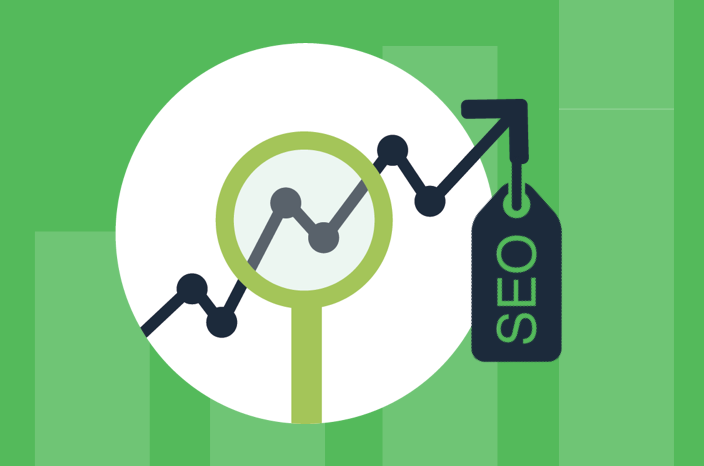We all know how important SEO is to a website's success online, but how can you make sure that it's working for you? What are the best practices for optimizing a website? Let's take a look at some practical tips from a web design firm based out of Los Angeles.
The company has over 30 years of combined web development experience, so they have learned what works and what doesn't over time. As a result, they're able to offer their clients advice about everything from improving a site's usability to increasing its rankings.
It's not surprising then that they also offer advice on how to optimize a site for best results. Below are their top five SEO tips:
1. Write for Humans First and Search Engines Second
There will always be those who don't realize the importance of this tip, but if you want to maximize your chances of getting traffic through organic searches, it's vital that you write your copy with human readers in mind. If you want your site to rank high, you need to cater to that audience by writing in a way that sounds natural.
"If you treat Google like an idiot, he'll treat you like one," says the company's founder, Michael DeFranco. "Don't try to trick Google into doing things that you think it wants to do."
Instead, focus on creating content that users actually enjoy reading or viewing. This means paying attention to the details of your site's architecture. Make sure your navigation menu is easy to use and accessible across multiple devices. And remember that most people won't read more than three sentences before clicking away if it doesn't sound interesting enough.
2. Use Targeted Keywords in All the Right Places
When it comes to keywords, it's important to know that there are two kinds: keyword phrases and single keywords. You should use both on your site. However, as mentioned above, you should only use them in the right places.
For the sake of the example below, let's say I'm looking for a new mattress. The first thing I would do is visit my favorite retailer's website and type in "mattress". Then I'd probably click on "search" and enter "mattress review".
I wouldn't expect to find anything useful here, because the retailer isn't targeting me. Instead, I would head over to Amazon, where I might see something like "mattress reviews" or "best mattresses under $1000".
Now, we return to our original scenario. When I go to bed tonight, I'm going to dream of sleeping on a super comfy mattress. Because the retailer I purchased from knows me well enough to target me specifically, it's going to show up higher in my search results.
3. Focus on User Experience (UX)
One of the greatest challenges in the world of web design is making sure that visitors get the information they want -- quickly and without any errors. One of the easiest ways to do this is by ensuring good UX.
You can improve your site's UX by using clear headings and subheadings. These will keep visitors oriented as they scroll through your pages. The order of your content should be logical as well. For instance, if you have several pages on a product, make sure that each page focuses on a different feature. People don't want to waste time trying to figure out which features are available on your site when they could just buy your product instead. It makes sense to put the main features on the homepage.
4. Focus on Building Relevant Links
A large percentage of search engine results are determined largely by the sites that link back to yours. So, it's important to build relationships with other websites and provide value for the links that you receive in exchange.
As you build these relationships, your SEO efforts will increase exponentially. Not only will you get better results, but you'll also attract a lot more interest along the way.
5. Format Content for Featured Snippets
According to the team at DeFranco Design, there are currently two types of featured snippets: traditional ones and rich snippets. Both are designed to help Google understand your content more accurately. But while the former type is the default choice, the latter provides much richer information.
So, if you want to optimize your text for the second kind of snippet, you must add alt tags to every image on your site. That way, Google will know what each picture represents and display the correct description alongside it. Alt tags are also necessary if you want to include video or audio files.
Once you've added alt tags, you have to create a canonical URL for every file. Here's why: Google uses the title tag as part of the algorithm. By adding alt tags to all your images and videos, you're telling Google that you prefer the title tag to the alt tag. In other words, Google will use the title tag instead of the alt tag for your site.
Another option is to use Schema markup. This kind of tag tells Google exactly what data is contained within a given piece of code.
Finally, you can also optimize your content with structured data. Structured data allows you to describe certain aspects of your site's content in such a way that Google understands how to present it. You can add schema markup or microdata to your content using tools like Google Webmaster Tools.
With these tips, you should now be well-equipped to improve your site's SEO. There's no secret formula for getting ahead online; it's simply a matter of knowing what works and sticking with it. Follow these steps and your website will reap the benefits.
